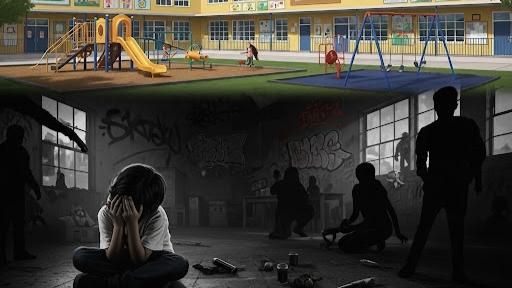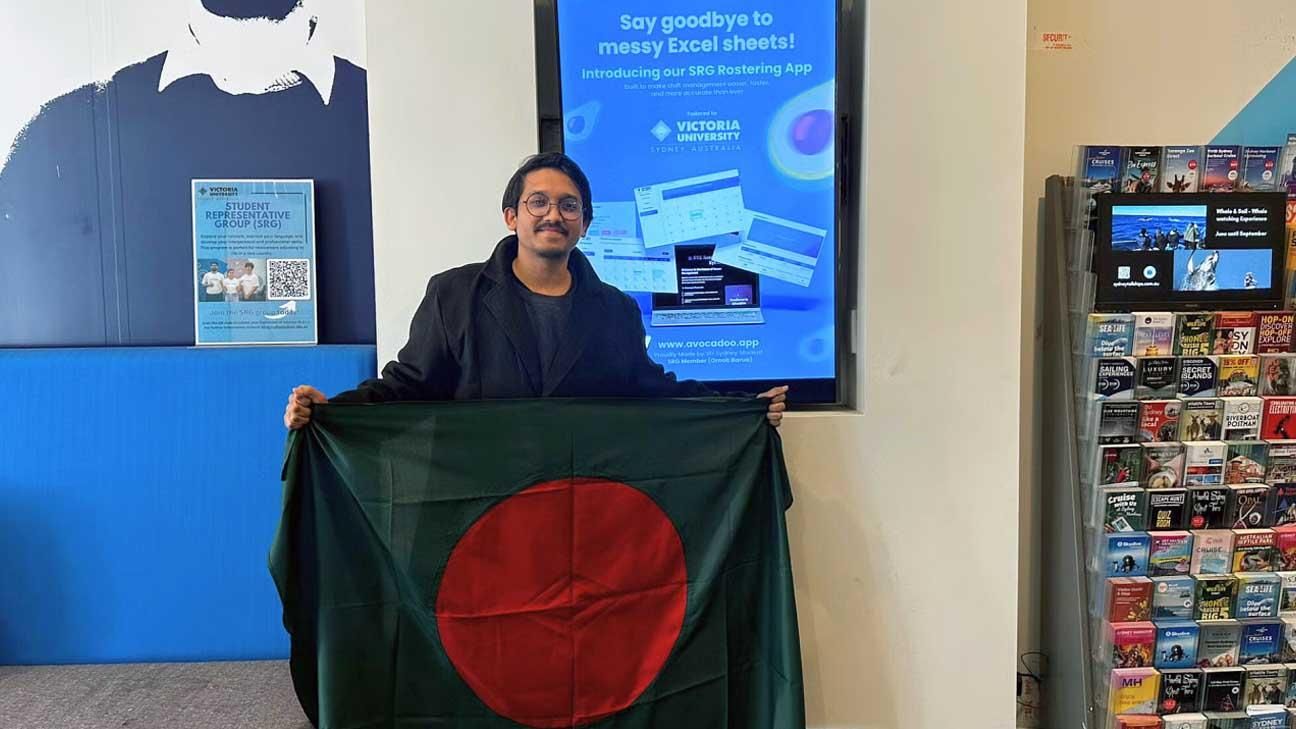A disturbing new survey revealing widespread drug use, including cocaine, ketamine, and synthetic cannabinoids like 'Spice', within school premises has ignited a fresh wave of anxiety among parents, particularly within the South Asian community, who express mounting fears about their children's safety and well-being in educational settings.
The NASUWT teachers' union survey of 4,000 educators found that a significant number are aware of pupils consuming illicit substances, alcohol, nicotine pouches, and nitrous oxide in schools. Furthermore, access to gambling apps and websites poses an additional threat. This escalating problem, teachers warn, is directly contributing to a concerning rise in disruptive, violent, and abusive behaviour, transforming once-safe learning environments into potential havens for addiction and danger.
For many South Asian parents, who often prioritize education as a cornerstone of their children's future and uphold strong community values, these revelations are particularly distressing. The cultural stigma surrounding drug use within these communities is profound, often leading to shame, fear of social exclusion, and a reluctance to openly discuss such issues. This can create additional barriers for families seeking support, further isolating children who may be struggling.
"Sending my child to school used to mean peace of mind, knowing they were in a safe place, learning and growing," shared Mrs. Shah, a mother of two from East London, whose family originates from Pakistan. "Now, every morning, there's a knot in my stomach. The thought of them being exposed to drugs, even unwittingly through vapes, is terrifying. How can we focus on their education when their safety is constantly in question?"
The survey paints a grim picture:
- Nearly one in five teachers reported awareness of pupils smoking cannabis on school grounds, a figure that jumps to 57% outside of school.
- Close to one in ten teachers, primarily in post-16 and further education, expressed concern about students using 'Spice' on premises, rising to 24% outside.
- Alarmingly, 5% of teachers were aware of pupils using "other drugs," most commonly cocaine and ketamine, on school grounds, with 16% concerned about such use outside of school.
- One in four teachers were worried about students using gambling apps, with 6% observing this during school hours.
- A separate study highlighted the insidious threat of vapes unknowingly laced with 'Spice', with 16.6% of nearly 600 confiscated vapes in 38 English schools testing positive for the synthetic drug.
- Community leaders are urging greater government intervention and culturally sensitive support systems. "Our parents work incredibly hard to provide opportunities for their children, often making immense sacrifices," stated Mr. Khan, a community advocate in Birmingham. "When they hear about drugs pervading schools, it shatters their trust. There needs to be a concerted effort to not only tackle drug supply in schools but also to build bridges with communities, ensuring parents feel empowered to seek help without fear of judgment or stigma."
- The NASUWT has called for urgent government action to address this escalating crisis, emphasizing the need for comprehensive strategies that go beyond punitive measures and focus on early intervention, education, and accessible support services. As South Asian families grapple with this alarming trend, the question remains: how can schools truly become safe havens for all children, where learning flourishes free from the shadow of substance abuse?


_1.jpg)
_1.jpg)
_2.jpg)



.svg)

